Is The US Open Too Difficult?
Nick Bonfield explains why he loves the difficulty of the US Open
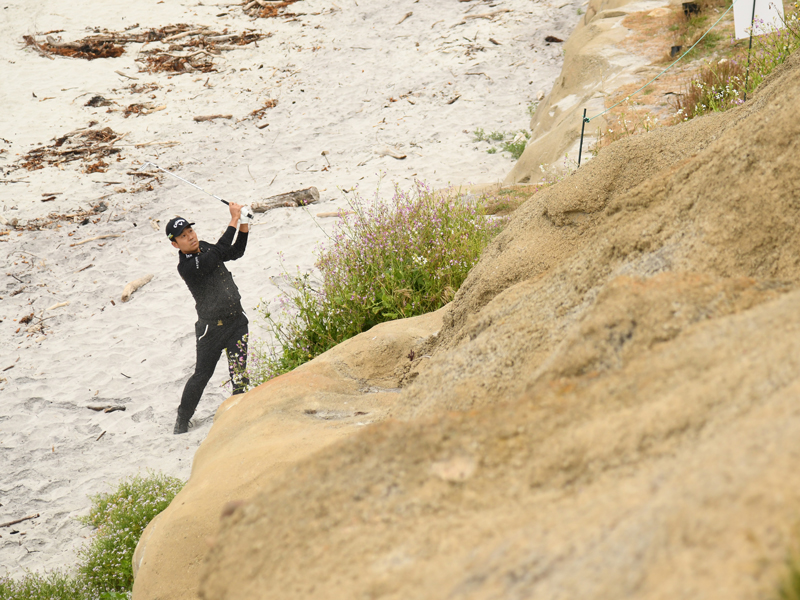
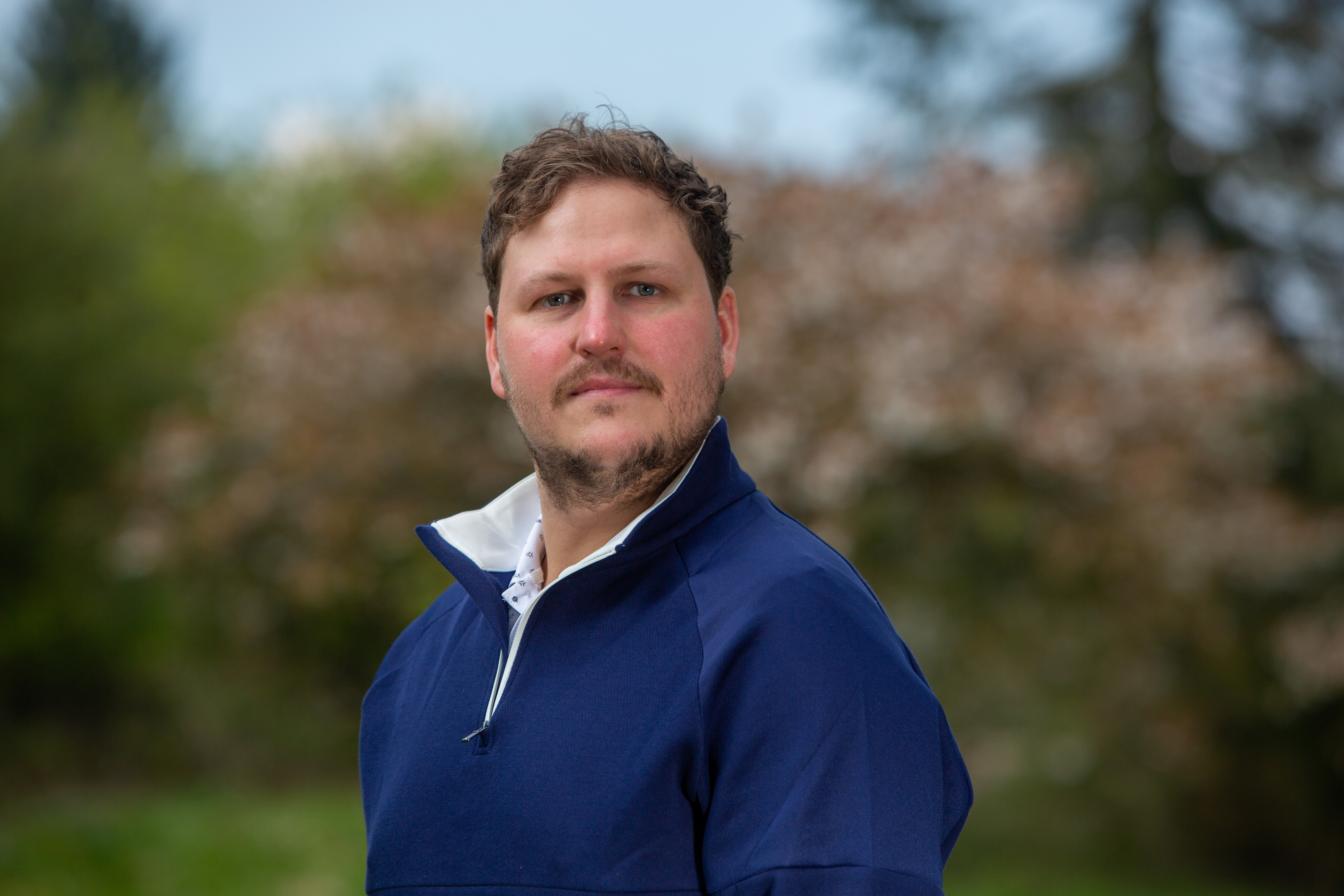
Nick Bonfield explains why he loves the difficulty of the US Open, and why calls to make the tournament easier are misguided
Is The US Open Too Difficult?
The US Open is often the toughest Major of the year in terms of course setup and 2020 host Winged Foot looks as if this will continue to be the case. Incredibly brutal greens, penal rough, dramatic bunkering and a tough test.
But is that a good thing? Well, it depends on your disposition. For what it’s worth, I’d argue yes, especially given The Open was cancelled because of the Coronavirus and we are lucky to be having any golf at all. Here’s why…
Around this time of year, ever year, I read a number of articles from journalists and a selection of comments from golf fans who believe the Major to be too difficult. Golf fans want to watch birdies, they argue, and they don’t want to see the top pros toiling in an event when par is a great score.
I have two issues with this statement: firstly, I’m a golf fan, and I do want to watch the top players toil. For one week of the year, at least.
And that’s the crucial distinction. You can watch birdie- and eagle-fests most weeks of the season, with 20-under-par winning totals becoming more and more commonplace. People act as if the two are mutually exclusive; like you can only enjoy players making birdies or fighting for par. I enjoy both, and there’s a time and a place for both.
Get the Golf Monthly Newsletter
Subscribe to the Golf Monthly newsletter to stay up to date with all the latest tour news, equipment news, reviews, head-to-heads and buyer’s guides from our team of experienced experts.
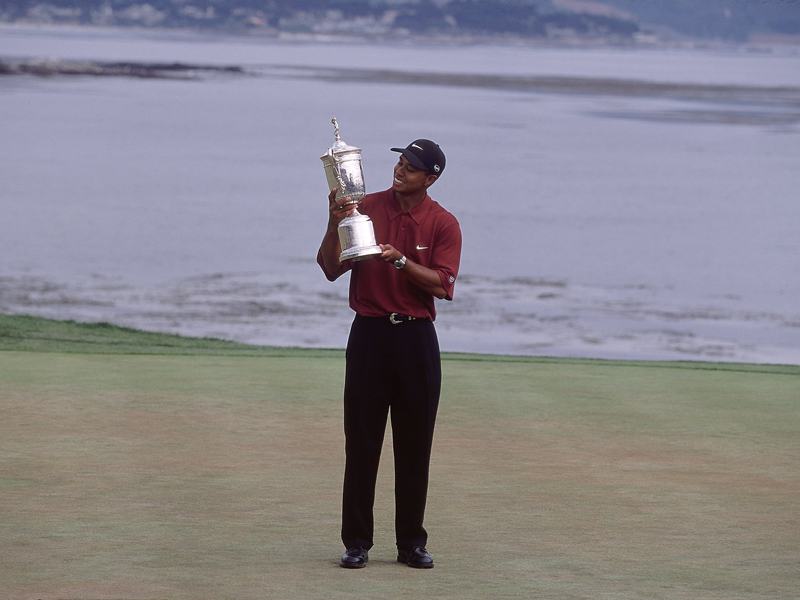
Secondly, I can’t understand how people fail to see the joys in watching the top professionals manage, scrap and fight their way around a golf course. It’s much more akin to amateur golf, it’s fascinating to see how the best respond to adversity and, crucially, it’s different to what you see week in, week out. Just look at how enjoyable the BMW Championship at Olympia Fields was recently.
I have a great deal of respect for Mike Davis, the USGA’s Executive Director, for his refusal to bow down to the naysayers. He has his vision for the tournaments, and he adheres to it every year, regardless of criticism. The result? A championship that, more often than not, and arguably more often that the other three Majors, is genuinely compelling.
The most important point is as follows: how can something be deemed unfair when success or failure is relative to how everyone else in the field performs?
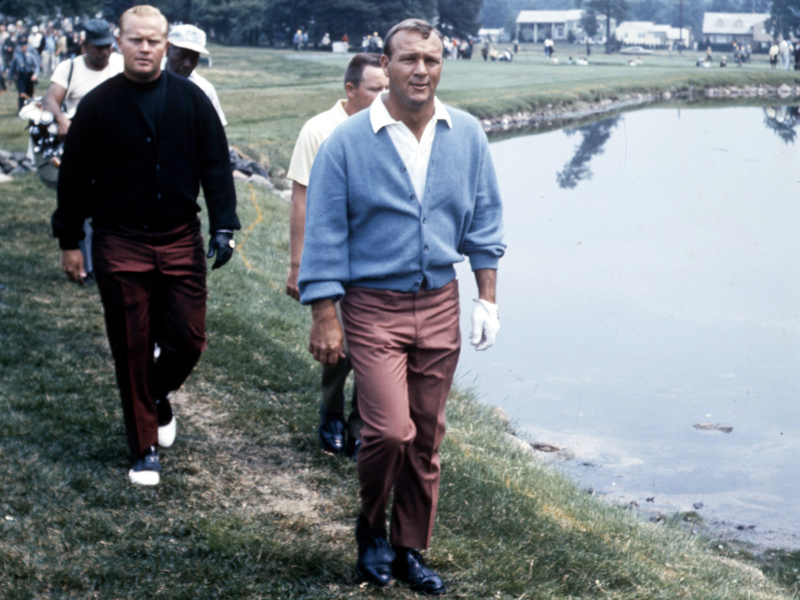
I also find it interesting to monitor player attitudes in the lead-up to the US Open. The 2015 event at Chambers Bay is the perfect example. The greens were in poor condition, of that there’s no doubt, but it was the players who applied themselves to the task at hand who fared best.
There were a number of players who were outspoken in their condemnation of the putting surfaces – Ian Poulter, Sergio Garcia, Ernie Els and others. How did they fare? Not too well. I actually looked for evidence of the top 10 players on the leaderboard criticising the greens and I couldn’t find anything. Coincidence? I don’t think so.
What’s also funny is how we let rhetoric and prominent storylines cloud our judgement. There’s a lot of evidence to suggest Chambers Bay was one of the easier courses in recent US Open history. For example, 29 players were under par after the conclusion of the first round – the most since 1992.
Some 16 players hit more than 75 per cent of greens in regulation and the 71.29 final-round scoring average was the lowest in any round in US Open history. If you’d digested all the talk that emanated from Chambers Bay but hadn’t seen the leaderboard, you’d be absolutely shocked by those figures.
The US Open has always billed itself as the defender of par – a much-maligned stance – but it hasn’t been able to stop players completing 72 holes in red figures for most of the last 20 years. Recent US Open winning totals are below:
Scores to par…
2000 – Pebble Beach – Tiger Woods (-12) 2001 – Southern Hills – Retief Goosen (-4) 2002 – Bethpage Black – Tiger Woods (-3) 2003 – Olympia Fields – Jim Furyk (-8) 2004 – Shinnecock Hills – Retief Goosen (-4) 2005 – Pinehurst – Michael Campbell (E) 2006 – Winged Foot – Geoff Ogilvy (+5) 2007 – Oakmont – Angel Cabrera (+5) 2008 – Torrey Pines – Tiger Woods (-1) 2009 – Bethpage Black – Lucas Glover (-4) 2010 – Pebble Beach – Graeme McDowell (E) 2011 – Congressional – Rory McIlroy (-16) 2012 – Olympic Club – Webb Simpson (+1) 2013 – Merion – Justin Rose (+1) 2014 – Pinehurst – Martin Kaymer (-9) 2015 – Chambers Bay – Jordan Spieth (-5) 2016 - Oakmont - Dustin Johnson (-4) 2017 - Erin Hills - Brooks Koepka (-16) 2018 - Shinnecock Hills - Brooks Koepka (+1) 2019 - Pebble Beach - Gary Woodland (-13)
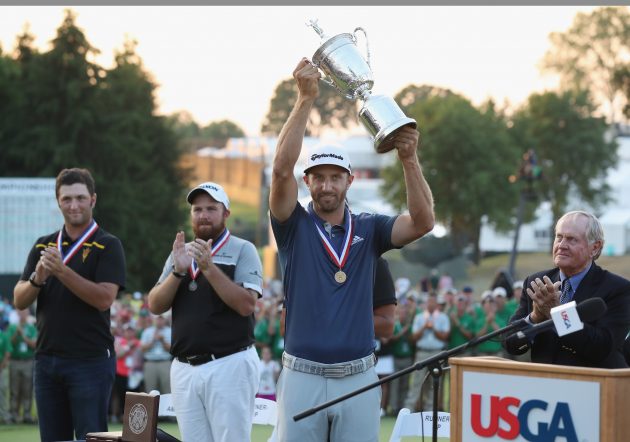
So, level par would have won five of the past 16 US Opens and been good enough to force a play-off in two others. Most of the time the US Open is a treacherous test, but one in which an under-par score by no means guarantees victory. It’s not the over-par dogfight that it’s often portrayed to be.
Still, for me, it’s case of the harder, the better. It’s a refreshing change of pace and fantastic to see different physical and mental skills come into play. Let’s keep it that way and we could be in for a very tough contest at Winged Foot in 2020 given the five-over par winning score Geoff Ogilvy produced in 2006.
Don't forget to follow Golf Monthly on Facebook, Twitter and Instagram.

Nick Bonfield joined Golf Monthly in 2012 after graduating from Exeter University and earning an NCTJ-accredited journalism diploma from News Associates in Wimbledon. He is responsible for managing production of the magazine, sub-editing, writing, commissioning and coordinating all features across print and online. Most of his online work is opinion-based and typically centres around the Majors and significant events in the global golfing calendar. Nick has been an avid golf fan since the age of ten and became obsessed with the professional game after watching Mike Weir and Shaun Micheel win The Masters and PGA Championship respectively in 2003. In his time with Golf Monthly, he's interviewed the likes of Rory McIlroy, Justin Rose, Jose Maria Olazabal, Henrik Stenson, Padraig Harrington, Lee Westwood and Billy Horschel and has ghost-written columns for Westwood, Wayne Riley, Matthew Southgate, Chris Wood and Eddie Pepperell. Nick is a 12-handicap golfer and his favourite courses include Old Head, Sunningdale New, Penha Longha, Valderrama and Bearwood Lakes. If you have a feature pitch for Nick, please email nick.bonfield@futurenet.com with 'Pitch' in the subject line. Nick is currently playing: Driver: TaylorMade M1 Fairway wood: TaylorMade RBZ Stage 2 Hybrid: Ping Crossover Irons (4-9): Nike Vapor Speed Wedges: Cleveland CBX Full Face, 56˚, Titleist Vokey SM4, 60˚ Putter: testing in progress! Ball: TaylorMade TP5x
-
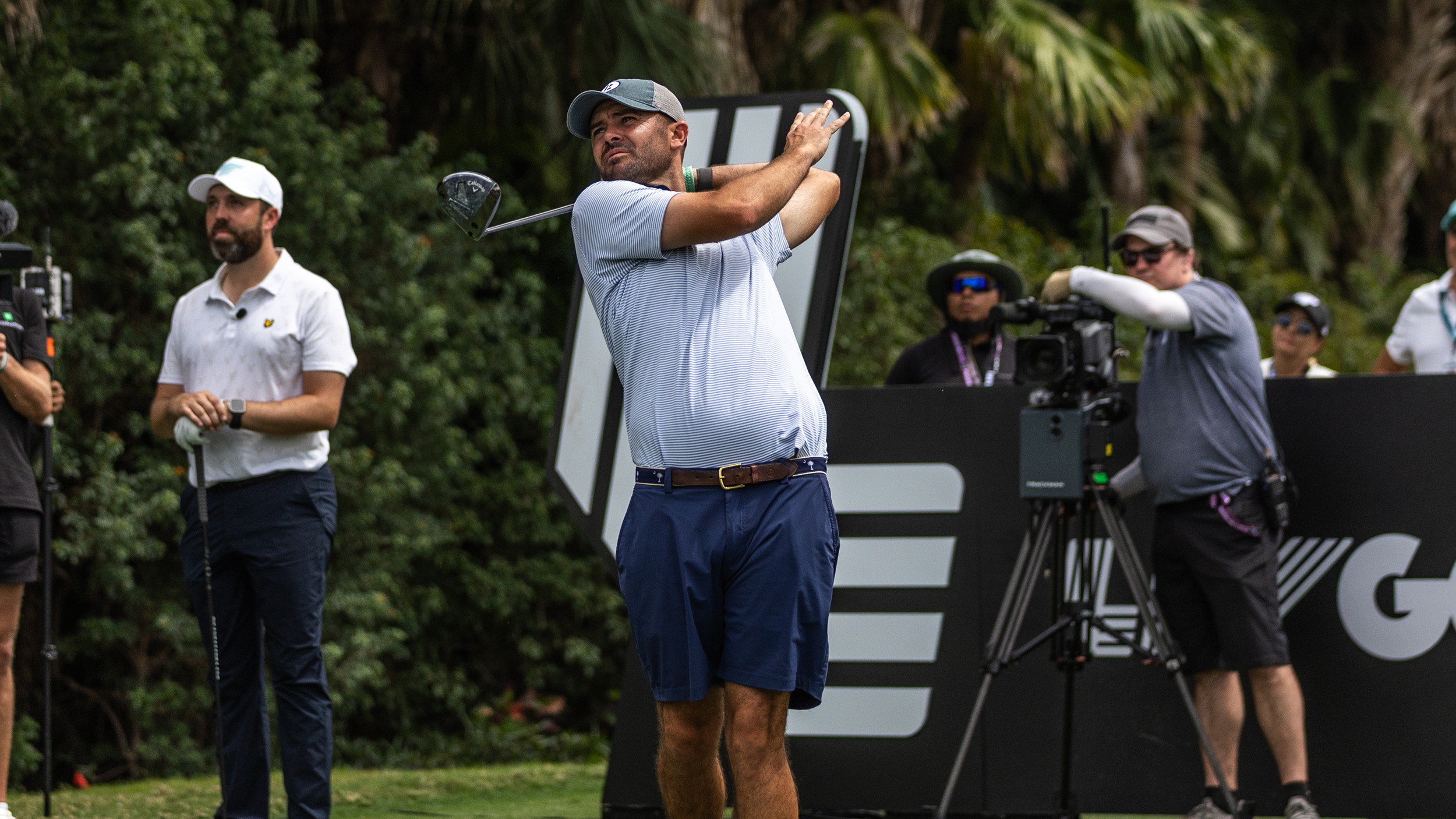 Reports: Wesley Bryan Suspended By PGA Tour After Playing In LIV Golf Duels
Reports: Wesley Bryan Suspended By PGA Tour After Playing In LIV Golf DuelsThe 2017 RBC Heritage winner is said to have been suspended by the PGA Tour after teeing it up in the recent LIV Golf creator event in Miami
By Elliott Heath
-
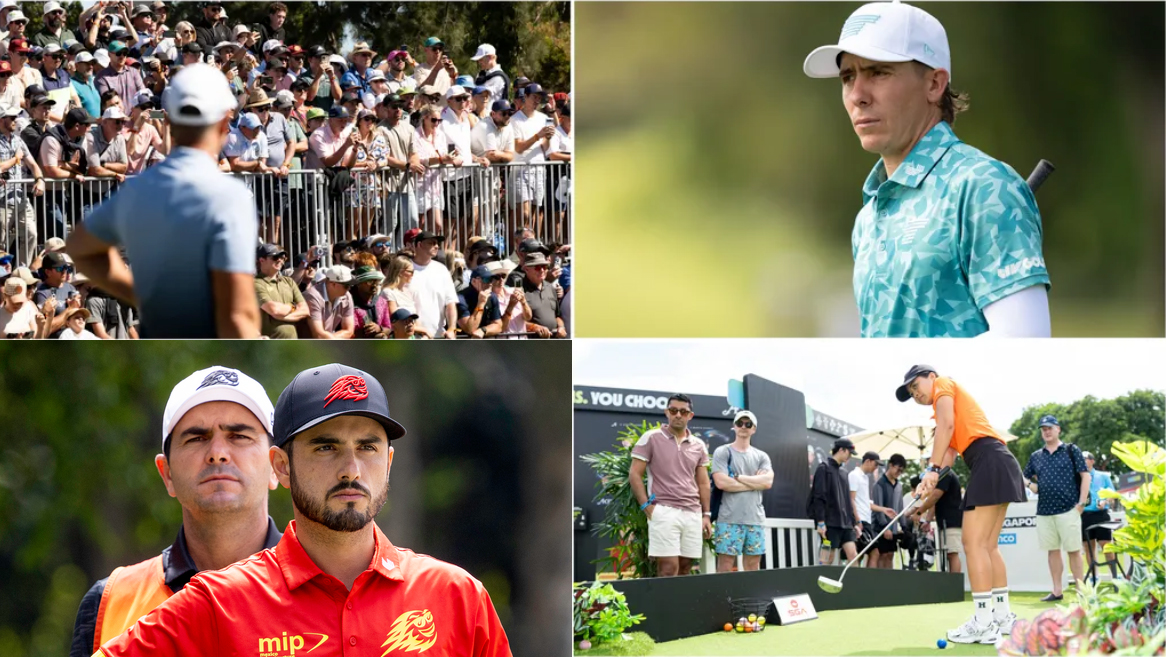 LIV Golf Mexico City: Book Your Tickets To See The Stars Of The Game
LIV Golf Mexico City: Book Your Tickets To See The Stars Of The GameMexico City welcomes LIV Golf's all-star roster later this month, where you can see the world's best players and enjoy the show and the family friendly atmosphere
By Golf Monthly